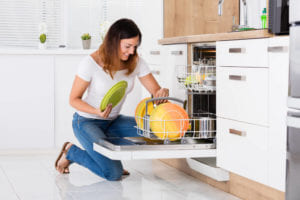How to use a Kitchen Garbage Disposal
Getting rid of food waste can be a dirty business. Bagged food waste is messy and potentially smelly, and when the garbage truck collects your trash, it becomes another item clogging our landfills. So what can we do about it?
The answer is to get a garbage disposal installed in your kitchen. They are fantastic aides when it comes to food disposal, but it is important to note that there are limitations as to what the machine can handle. This article offers a basic user’s guide for a garbage disposal so that you can treat yours well and enjoy a hassle-free disposal unit for years to come.
What is a Garbage Disposal?
A garbage disposal is a small electric grinding unit that fits the underside of the drainage hole in your sink. It has sharp blades that shred the waste that you feed into the drain hole, breaking down the food into tiny pieces. An impeller arm then forces the macerated food waste down the drain, along with the water. There are two types of garbage disposal typically used in U.S. kitchens: continuous-feed garbage disposals, which operate automatically when water flows into the unit; and batch-feed garbage disposals that work by turning a switch when the disposal chamber is full.
You can link your dishwasher to the garbage disposal so that the food particles that drain away get macerated into smaller morsels that the drainage system can manage efficiently. As a result, garbage disposals stop the need to throw food waste in the trash, and they also boost kitchen hygiene by preventing the build-up of odors in your trash can.
Both continuous-feed and batch-feed garbage disposals work relatively the same way. The remainder of this article focuses on the continuous-feed kind to look at the way it gets used and to talk about at a few rules that you need to follow when using the unit. The last thing we want is for your garbage disposal to get clogged because you didn’t realize that some things are just plain bad for the disposal unit.
First, we want to emphasize the need to treat the garbage disposal with respect and take appropriate safety precautions. This little unit is powerful! Never put your hands in the unit while it is operating, for example, as the grinding blades can cause serious injury. Should the disposal get clogged, always cut the power before attempting to shift the blockage. Also wear protective gloves, because those blades are sharp. Second, never let a child operate the garbage disposal.
Having covered these basic safety concerns, let’s move on to the ways one can use the garbage disposal along with some good practices, which will prolong the life of your unit and keep it working faultlessly for years.
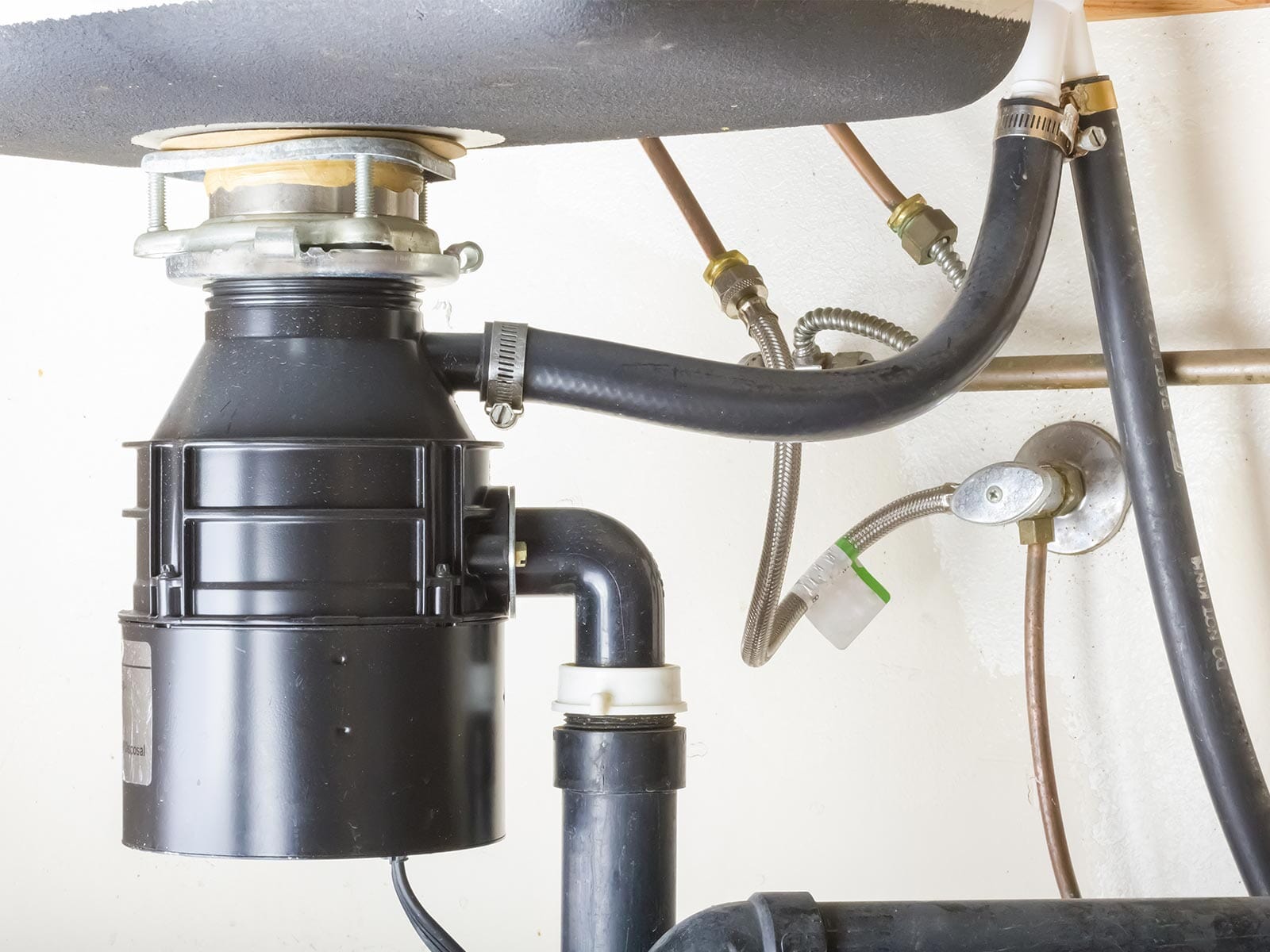
Keep the Garbage Disposal Clean
A clean garbage disposal will work efficiently for many years. Food waste can coat the blades and, over time, they stop working. Also, the type of food waste you toss into the garbage disposal matters as well. Fat and other greases, for instance, can solidify in the garbage disposal and block the blades. It’s advisable to let the disposal unit run after use, helping to dislodge any morsels that haven’t drained away with the rest of the waste. Use a little washing liquid to help ease out any stubborn bits, and always keep a healthy flow of cold water.
Ice works
Ice is good at cleaning your garbage disposal. A couple of cubes tossed in with the water work well at scouring the walls and chamber, as well as the blades. Once the unit breaks down the ice into smaller bits, it is brilliant at getting to the hard to reach areas of the disposal unit.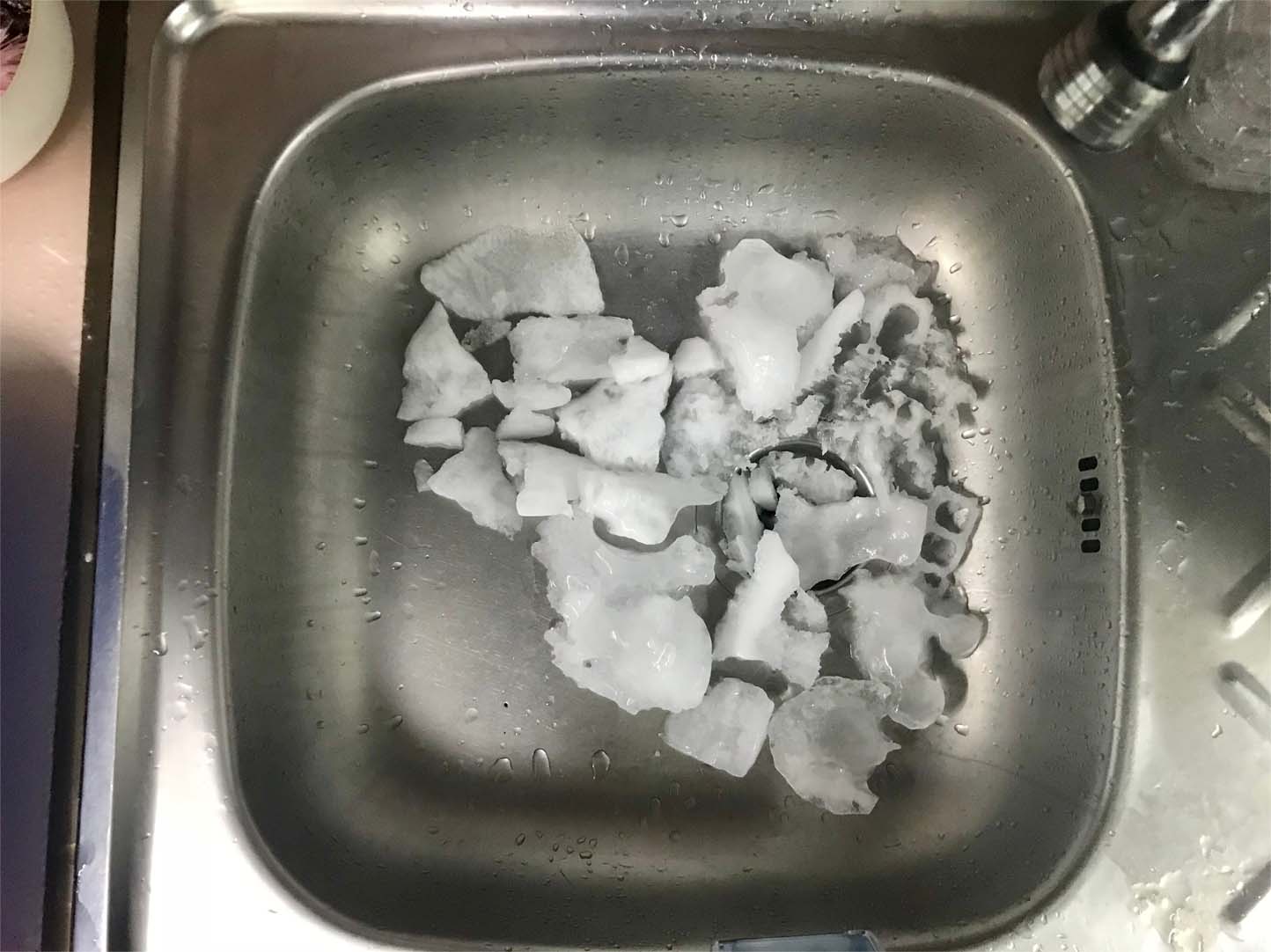
Use Cold Water
Why cold? Because fats and grease turn to liquid with hot water, and when the disposal unit is idle, the residue of that fat then solidifies inside the garbage disposal. Over time, it can cause a buildup of grease and stop the unit from working. If you use cold water, the fat solidifies and is macerated along with the other waste, and then flushed into the drainage system with the flow of water.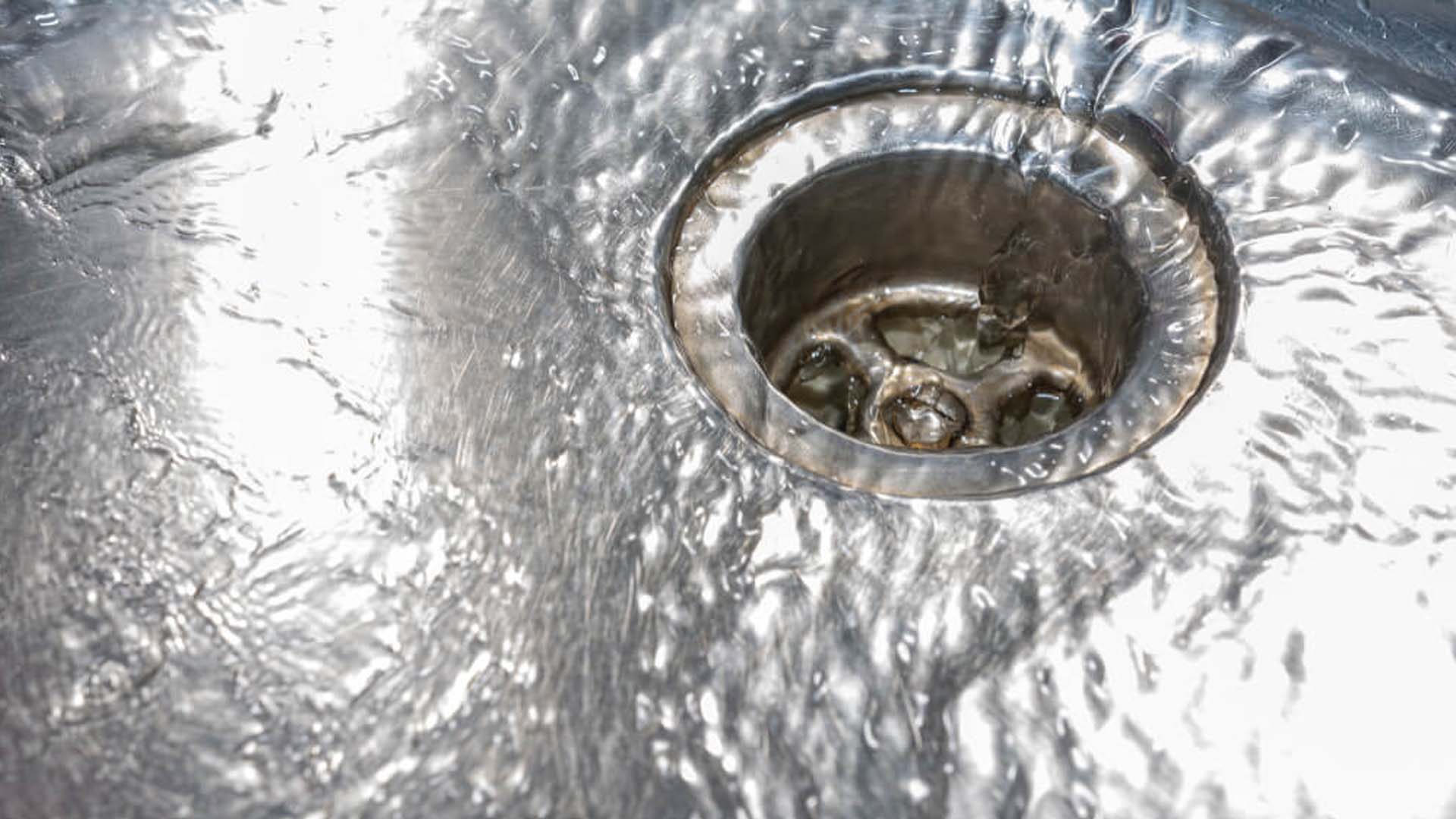
Grind small bones
If you grind smaller bones, like chicken and fish, it can help the garbage disposal function better. What those ground bones do is to scrape away the residue of food waste from the disposal walls in a scouring action. You could also use eggshells, but remember, too many eggshells can have the opposite effect and turn into a paste when ground. This paste could coat the blades and the inner chamber of the garbage disposal.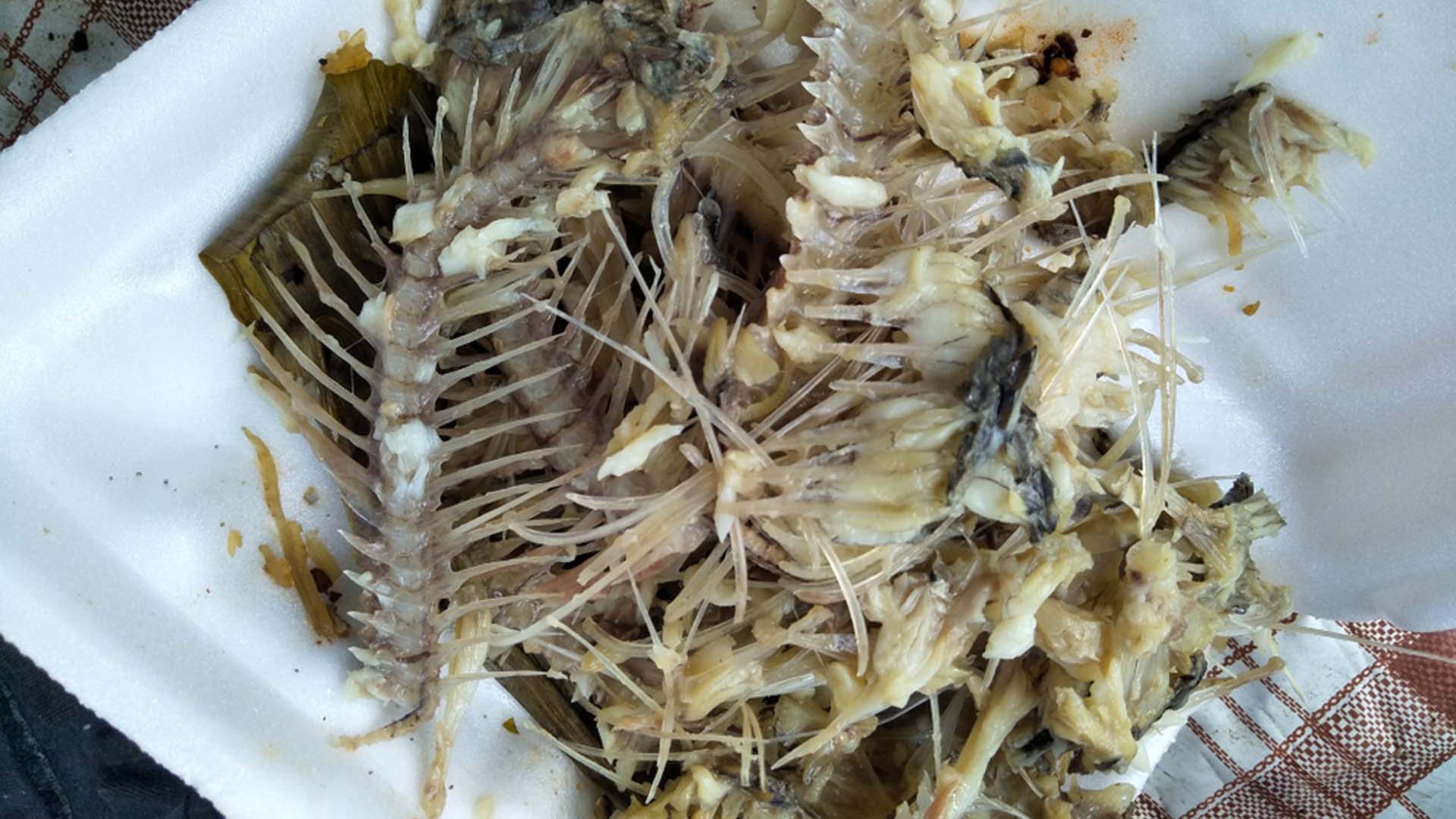
Run the garbage disposal regularly
One of the most significant issues is when the garbage disposal doesn’t get much use. As it sits idle, any old food waste in the system hardens and coats the chamber and walls of the unit. Rust and corrosion occur too, making the system more prone to break down. Using the garbage disposal regularly helps to ensure all the moving parts keep working.
Cut more substantial waste into smaller pieces
Don’t try and force larger items into the garbage disposal. While the motor is powerful and those blades grind anything you throw at it, the garbage disposal has limits. If you listen carefully, while the unit is working, you can hear from the pitch of the motor when the garbage disposal’s blades are struggling.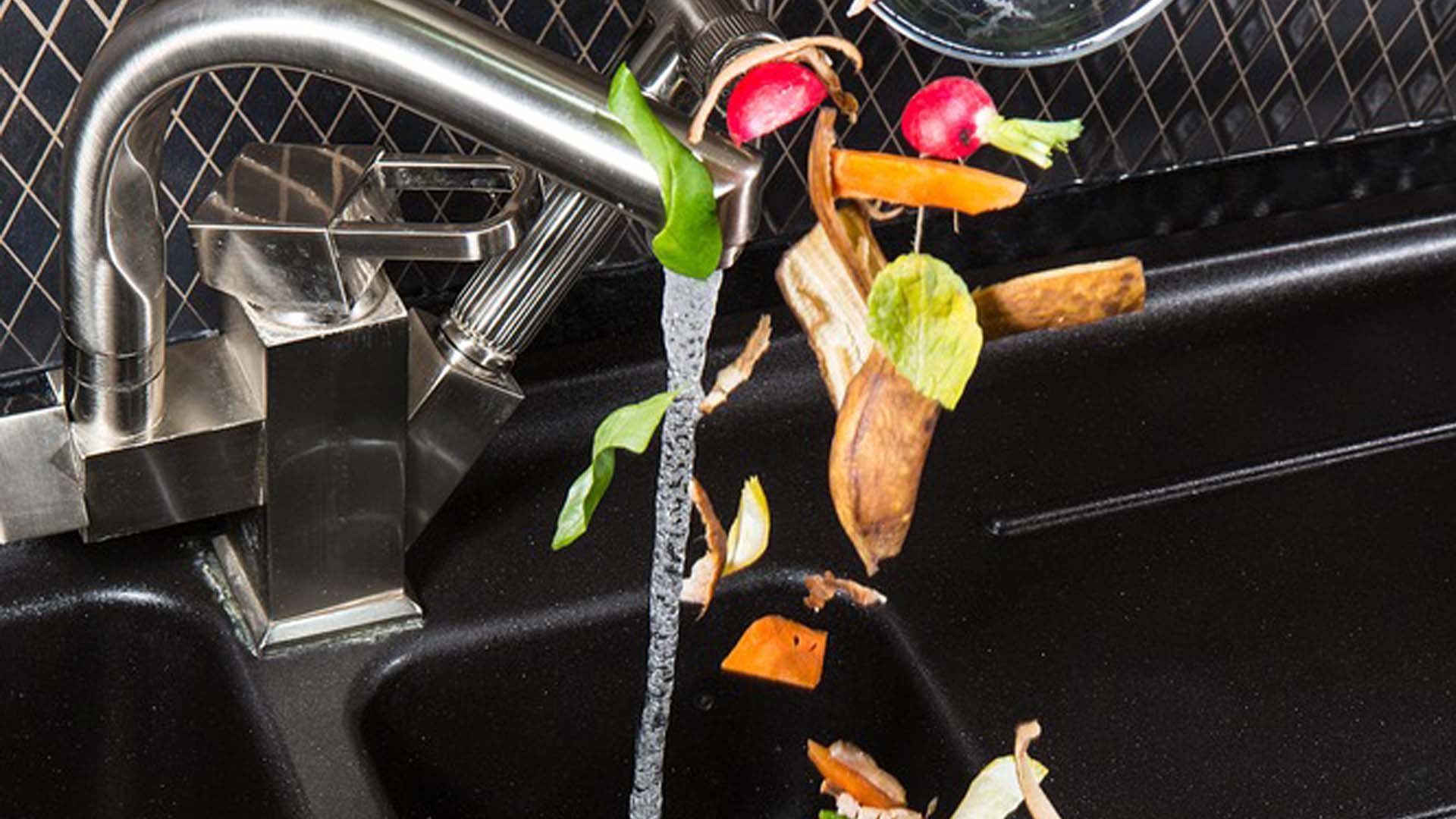
Let the Water Flow
The garbage disposal should not be stopped halfway through grinding. It clogs the moving parts and will result in failure of the unit. Also, it’s a good idea to run the tap for 30 to 40 seconds or so, to make sure that the last of the food waste has drained away from the system. This stream of cold water can also prevent the bearings and shredder blades from overheating.
Stop Nasty Odors
Citrus fruits are great at stopping offensive odors in your garbage disposal. Throwing a lemon or an orange into the disposal unit will naturally clean the walls and chamber, and leaves a fresh, fruity scent in the unit. And speaking of clean, the best way to stop bacteria and mold forming in your garbage disposal is to add some vinegar to the ice cubes. That way the acid in the vinegar kills the spores that cause mold and smells.
Most of the things in the list above are common sense, but those new to the wonders of a garbage disposal might not know the right practices. If you are just learning of the benefits of your garbage disposal, adopting these practices can be rewarded with a disposal equipped for a lifetime of service.
In many cases, the manufacturer’s warranty will not cover misuse as a reason to replace or repair the garbage disposal, so it seems important that we also look to some of the bad practices that can shorten the life of your disposal unit: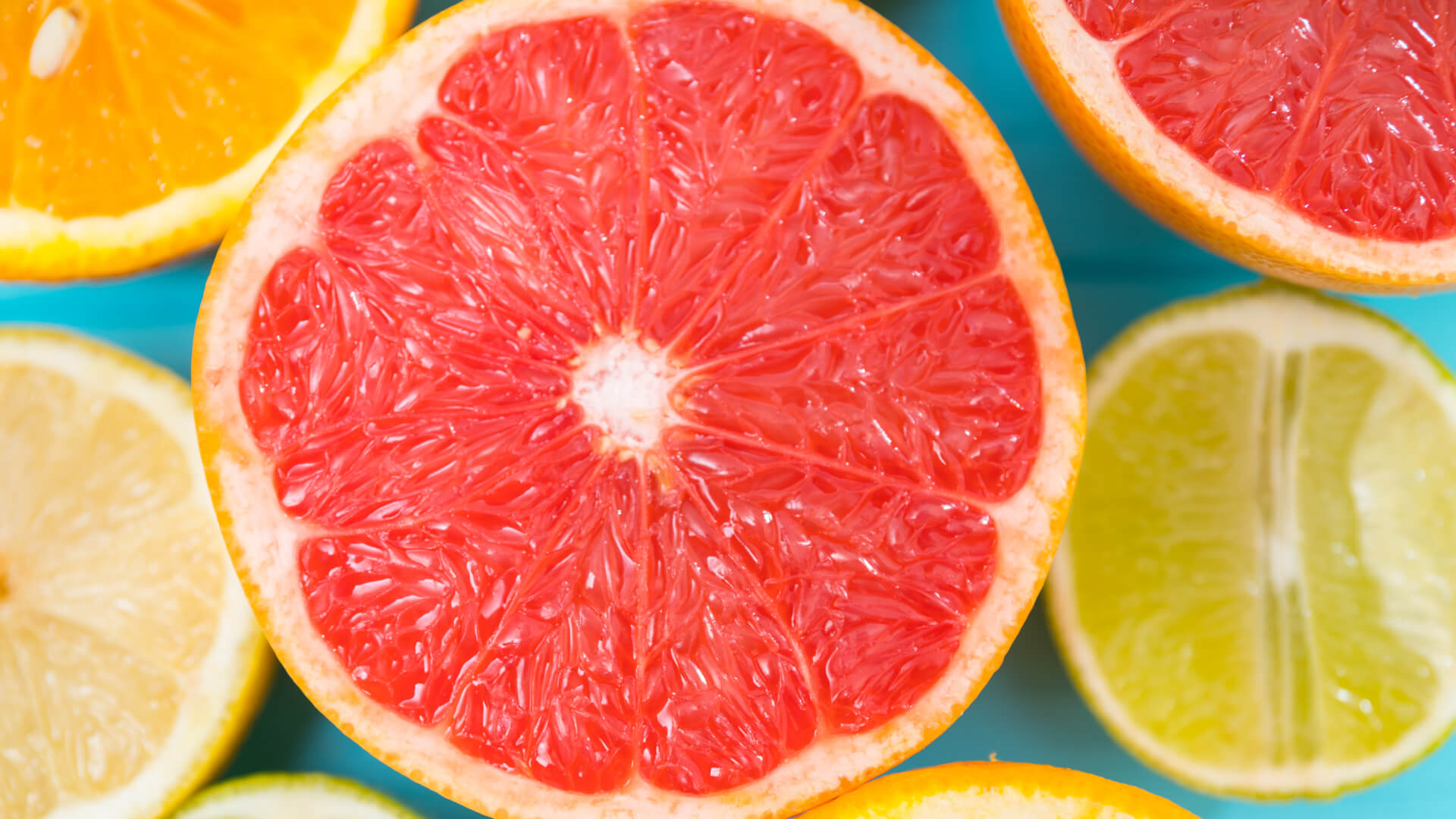
Pace Yourself
Try not to toss all the waste into the garbage disposal at once. Too much food waste puts a strain on the motor and working parts, causing the unit to block. It could also burn out the electric motor or blow a fuse. Try and feed the food waste a little at a time. It may take a bit longer, but the garbage disposal will handle what you throw at it more efficiently.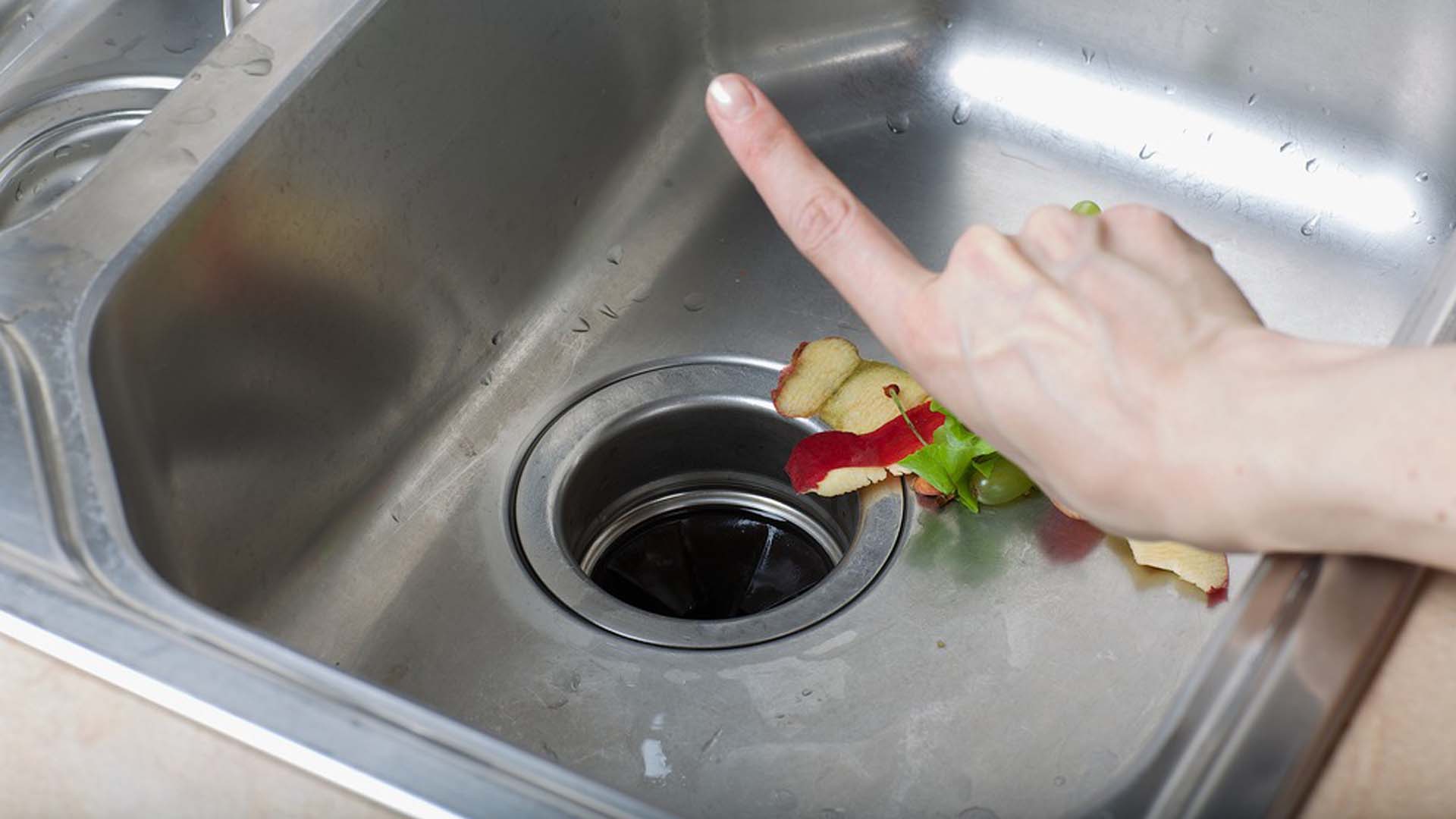
Dont throw…
hard or inorganic material in the garbage disposal: The garbage disposal is not a trash can. Don’t throw anything down it that isn’t biodegradable food waste. Throwing hard or non-food scraps into the unit will damage the blades and wear out the motor.
potato peelings: Potato peel isn’t good news for your garbage disposal. The starch in the skin can break down into a thick paste that coats the blades and the walls of your unit. If you are going to put potato peel in the garbage disposal, try and do it sparingly. That way you preserve the life of the disposal unit.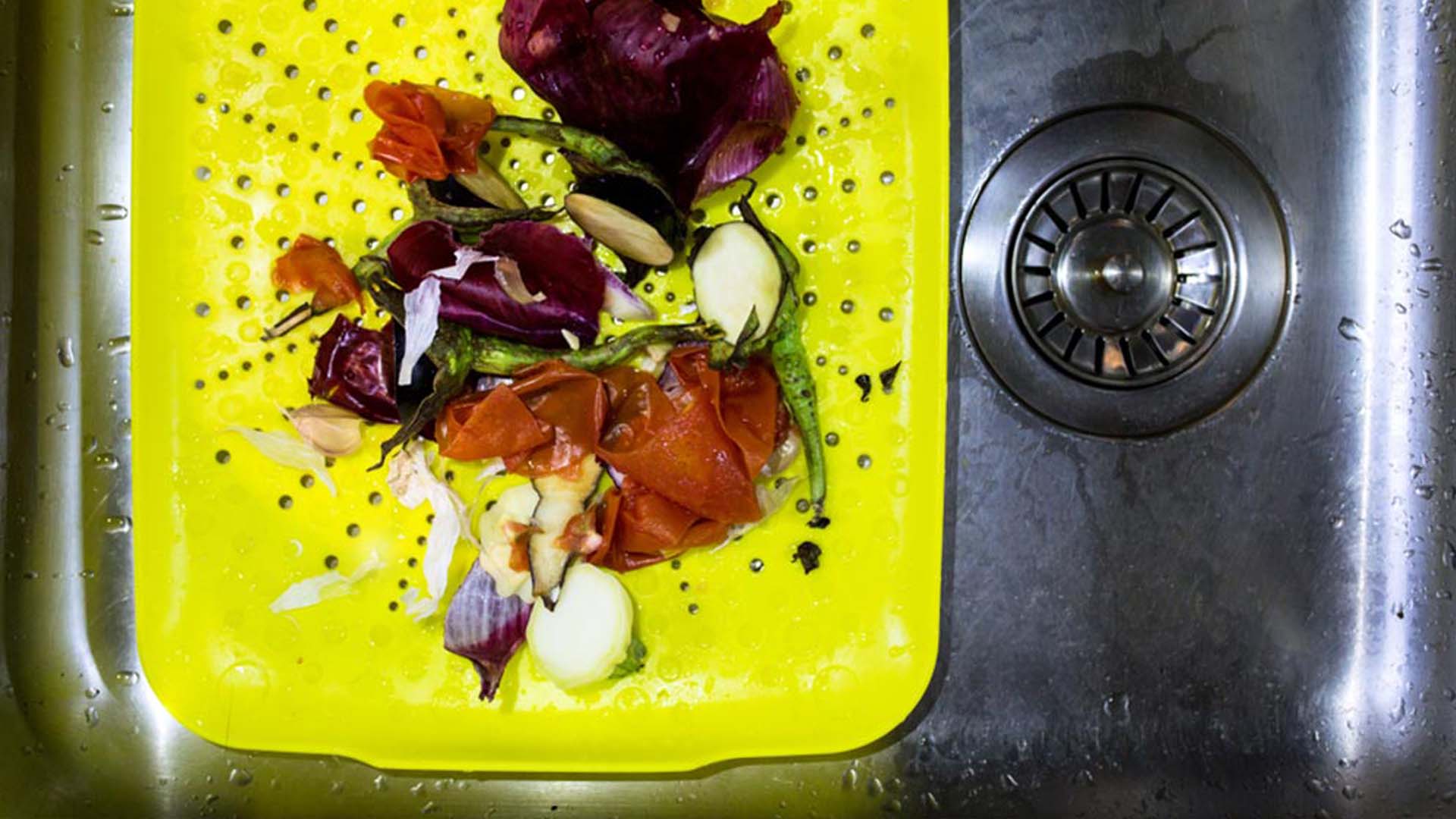
rice or pasta: Try and avoid both these food groups going into the garbage disposal. They are sometimes referred to as “expandable foods,” as they typically expand when they come into contact with water and then get stuck in the disposal unit. And because rice is starchy, any mush that is left over will coat the insides of the garbage disposal.
fibrous food: Celery stalks, banana skins, husks of corn, and other fibrous foods aren’t good for the garbage disposal. They often get tangled around the blades, causing the motor to burn out and killing the disposal unit.
big bones: small bones can be useful for the garbage disposal in prolonging its life, but large bones are off limits. They are too big and sturdy for the blades to break down and will wear out the disposal unit. They will also block the drains and blunt the blades.
bleach: It’s best to avoid bleach and other harsh cleaning products when cleaning the garbage disposal. There are natural cleaners that you can buy, but we felt that the best ways to clean the disposal unit were things like ice, and citrus fruits. They are natural and cause no damage to the garbage disposal. And they’re better at cleaning too.
coffee grounds: Admittedly, coffee grounds make your garbage disposal smell good, but don’t throw them into your disposal unit. Coffee grounds are like a paste, and hard to shift from the inside of the unit. They also clog the drains, making the disposal less effective at draining away your food waste.
crab and lobster shells: In fact, you should avoid any hard seafood shells going down the garbage disposal. And you should also watch out for kernels of unpopped popcorn too.
It’s worth pointing out that not all food waste has to go in the trash, especially if it doesn’t fit down the garbage disposal. Potato peelings and onion skins make excellent compost, for instance, so if you keep a compost heap they can be discarded there.
Final Thoughts
A garbage disposal will remove most of the biodegradable food waste from your home safely, but it is worth noting that not all waste is good for the garbage disposal. This article isn’t an exhaustive list; other things should be avoided when it comes to the waste disposal unit in your home. And there are other good practices not mentioned above, which will increase the life of your unit. Check the manufacturer’s guidelines before operating the garbage disposal, as they will typically publish a list of food stuff that they approve with the use of their product. Another rule of thumb is that the more expensive the garbage disposal, the more robust they are. This is not always the case, but if you want a garbage disposal that can handle food waste that a cheaper one can’t, then you will need to increase your budget and get a machine with a higher capability.
But above all else, regardless of what the garbage disposal can do, we want to stress that you should respect the disposal unit, and always think about the safety aspect when operating it. NEVER stick your fingers in the garbage disposal when the power is on, and never put anything metallic or sharp in the disposal unit.
If you keep the right practices in mind, we think you’ll love using your garbage disposal for many years. It is an excellent piece of kitchen equipment and one that limits the amount of food waste going to the landfill.



